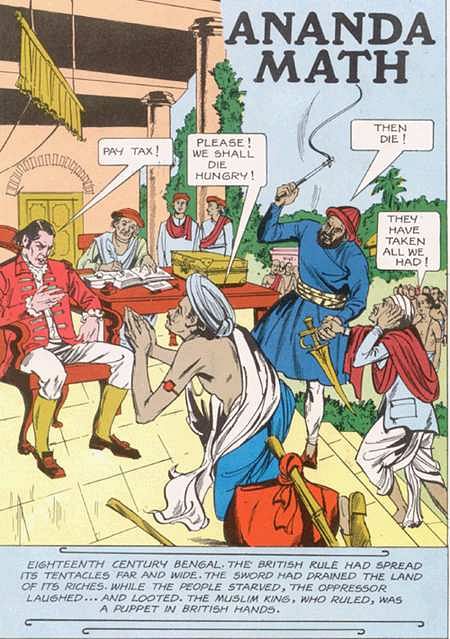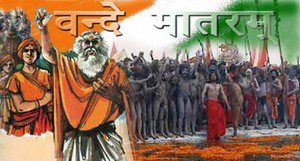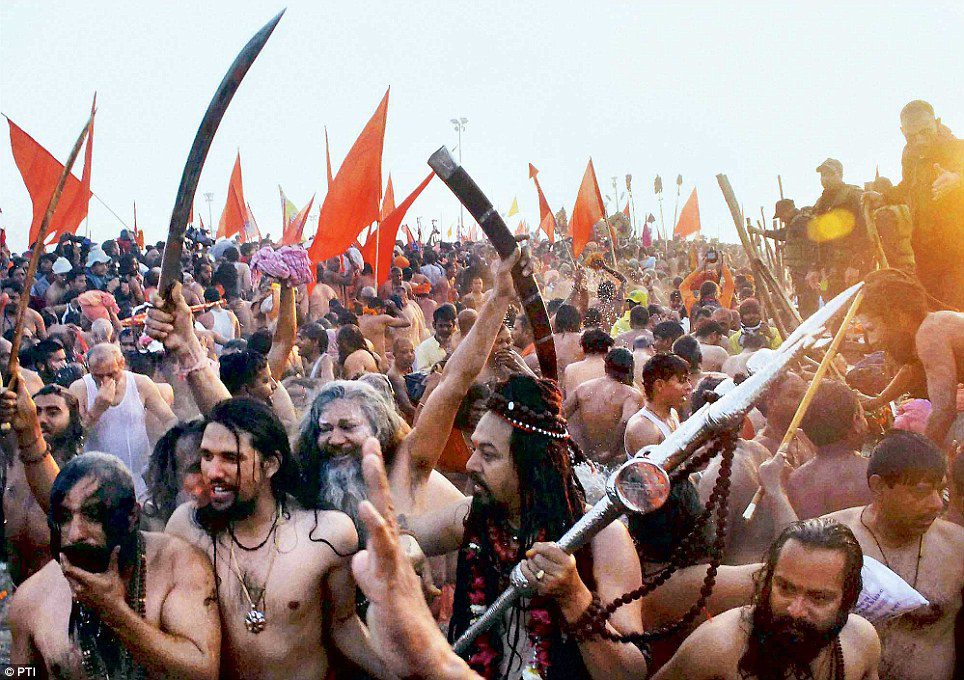Bravehearts from every corner of India have stood up for their motherland’s protection from time to time. But there was a time when the mighty kings & emperors were bowing down to the Britishers Common people suffered the most, often leading to famines and mass starvation. In times like these, revolts against injustice are lead by unexpected people. This is one such story when Sadhus & Sanyasis led a violent, mass revolt against the Colonial British Government–the Sanyasi rebellion.
Content
Condition of Farmers During Colonial Period
During the colonial era, the condition of peasants became worse than ever. The land revenue system introduced along with the economic policies of the colonial government completely crushed the daily lifestyle of the farmers.
The Grand Old Man of India i.e. Dadabhai Naoroji in his book Poverty and Un-British Rule in India also mentions the economic exploitation of the peasants. Furthermore, William Digby (British author) had pointed out that from 1854-1901 there were more than 20 million deaths due to FAMINES.
The farmers were forced to work under unfavorable conditions. If we compare the condition of farmers of colonial time to Ancient India the latter were in a much much better position. During ancient times land revenue was an important part of an empire’s income. The success of an empire in ancient India can be measured through their Agrarian policy and the living standards of the farmers.
During the colonial period there were three types of land revenue system.
- Zamindari System (introduced in 1793)
- Mahalwari System (introduced in 1822)
- Ryotwari System (introduced in 1819-26)
Natural calamities like famine, drought, and flood further increased the problems of the peasants as even in these times they were forced to give taxes.
Causes of the Sanyasi Rebellion
The British under Robert Clive fought against the combined armies of Nawab of Awadh (Shuja ud daulah), Mir Qasim, and the Mughal emperor Shah Alam 2 in the battle of Buxar in 1764. The British won the battle and signed the Treaty of Allahabad with the Mughal Emperor Shah Alam 2. By this treaty, the British were given the right to collect taxes (revenue rights) from Bengal, Bihar, and Odisha.
A few years later the great Bengal famine of 1770 struck the Bengal region. During the famine, the British forced the peasants to give taxes. They also increased the demands of the taxes. The lives of the Poor landlords and peasants were already in shambles and with the rise of demands of the taxes they became even more miserable.

The East Indian Company evicted the peasants who were unable to pay their taxes.
Entry of Naga Sadhus and Fakirs
The Sanyasis always traveled to different parts of the country to visit and pay homage to their sacred shrines. These sanyasis were economically helped by the peasants, landlords, and zamindars. They collected a small amount of alms(offerings) from local peoples like zamindars and peasants. But after the arrival of the East Indian Company, the economic conditions of these people were in ruins themselves. They were unable to pay even small sums of money to the sanayasis.
The British were strong followers of Christianity and considered the Sadhus as thugs and looters. They even called them Trading Pilgrims and Gypsies of Hindustan. This shows their hatred toward other religions.
Restrictions were also put on the activities of sadhus. They banned the entry of the sanyasis in Bengal and even beat the ones who violated this rule. Several encounters took place between the sanyasis and the British official. The Sanyasis who were known for their peaceful behavior now decided to pick up arms against the injustice done on them.
Note: Sadhus from Joshimath , Thaneswar, Bundelkhand, Puri etc joined the rebellion.
Sanyasi Rebellion
The Dasanami Nagas were the leaders of the Hindu sanyasis while the Fakir’s of Madariya Sufi order led the Muslim saints. It is difficult to believe that when the kings and Nawabs were surrendering in front of the British the Sadhus and Fakir picked up arms to serve as the protectors of the innocents.
Note: It is believed the Sadhus made Vande Mataram as their war cry,which was later adopted in other freedom struggles too

The sanyasis decided to raid the British factories and government centers. Soon after , the activated native people decided to join the movement. Soon the Sanyasis gained the support of landlords, peasants, farmers, artisans, ex-soldiers, and natives.
Due to this support, the rebellion gained significant momentum and the Naga Sadhus led the rebellion in places like Dhaka and even captured it for some time.
In the year of 1771, the British troops under the order of Warren Hastings (the first governor-general of Bengal) mercilessly open fire on unarmed Fakirs. About 150 Fakirs lost their lives in this encounter.
In 1772 the Sanyasis rebellion reached from Rangpur to Dhaka. Later the uprising also reached Patna, Cooch Bihar, Hoogley, etc. it is believed that about 50000 Sadhu and Fakirs joined the rebellion.
Note: During the first three years of the rebellion Cooch Bihar and Dhaka were the main centers of the rebellion.
But due to unorganized planning and lack of arms and ammunition, the rebellion was ruthlessly crushed by the British regime. The captured Sanyasis were mercilessly tortured to death. The British also executed the natives who helped the Sanyasis.
Though the rebellion was completely crushed by the British it continued till 1800 and beyond. Bankim Chandra Chatterjee wrote the famous novel “Anandamath” which highlighted the contribution of the Sanyasi Revolt in raising the spirit of Patriotism. He also wrote Devi Chaudharni which depicted the participation of women in the Sanyasi Rebellion.
Later several rebellions like the Santhal (1855-1856) and Chaur rebellion (1799) were inspired by the Sanyasi Rebellion.
The Sadhus & sanyasis of India have always been an important part of our Cultural heritage and picked up weapons to protect their countrymen whenever need arises, be it saving our temples from Mughals or rising against the British

LIKE WHAT WE ARE DOING? DONATE TO DHARMAYUDH !
If you Support what we are doing and would like to contribute to help us grow and reach more Indians to teach them more about such forgotten historic Indian Heroes and stories, please consider donating any amount. It will help us grow

